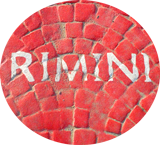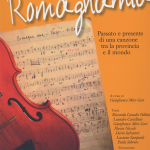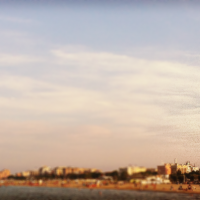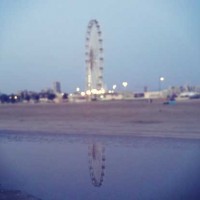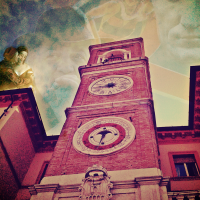Piazza Cavour
Rimini city centre has two main squares, Piazza Tre Martiri and Piazza Cavour – each with a certain right to describe itself as the ‘main’ square. While Piazza Tre Martiri was the original heart of the city from its founding, and is the bigger square, Piazza Cavour became the centre of the city’s commercial and political life in the early middle ages and remains hugely important in the city’s social, political and commercial life.
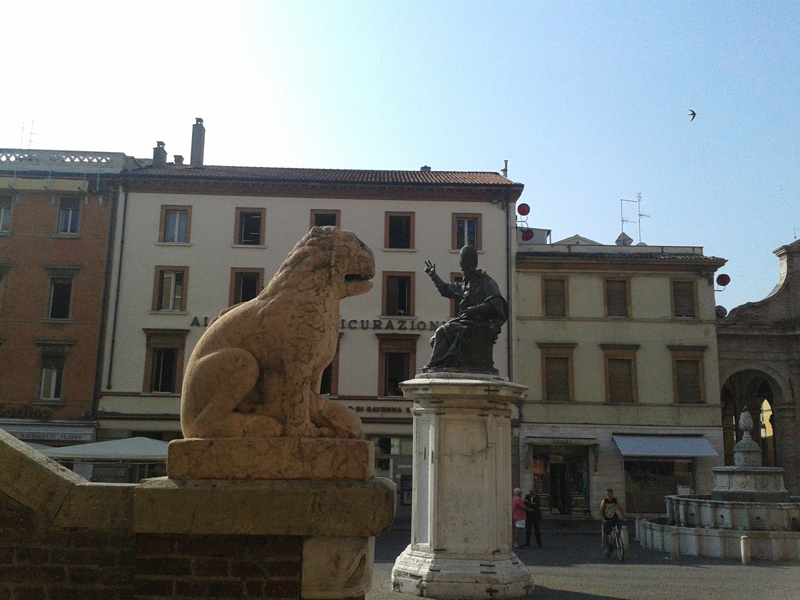
The beautiful square you see today, dominated by the Pigna fountain, the statue of Pope Paul V, and the various grand palaces would have looked quite different back in the middle ages – for one thing it had no opening onto the Corso d’Augusto!
The square’s importance started out with the building of the Palazzo dell’Arengo between 1204 and 1207. This was the original palatium Comunis where the city’s Grand Council would meet. Piazza Cavour (or Campo del Comune as it was known, in the Venetian style) developed with the building of the Palazzo del Podestá in 1330 and with the contsruction in the 1400s of the nearby Castel Sismondo, but the square really started to take its present shape and form from the 16th century onwards.
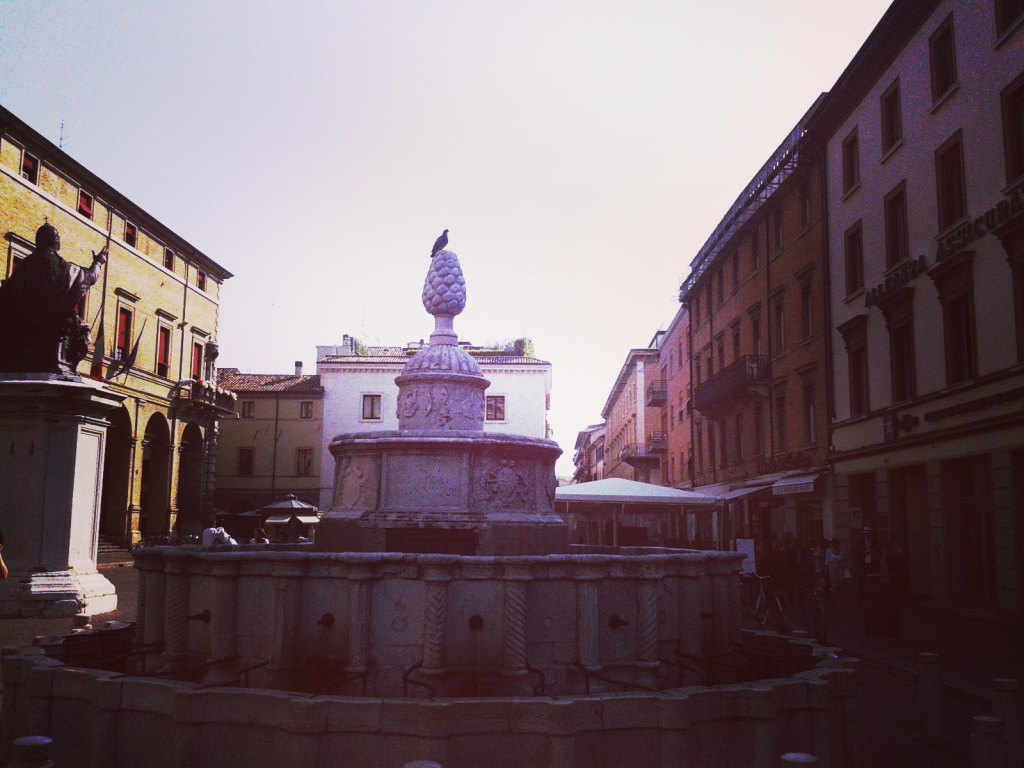
The Pigna fountain, for example, was constructed in its current form (a fountain here dates back to roman times) by Giovanni da Carrara in 1543.
The statue of Pope Paul V was built in 1613 – a reminder that for much of its history Rimini fell directly under the control of the Papacy.
Major rennovations to the whole area were undertaken after an earthquake destroyed much of Rimini in 1672.
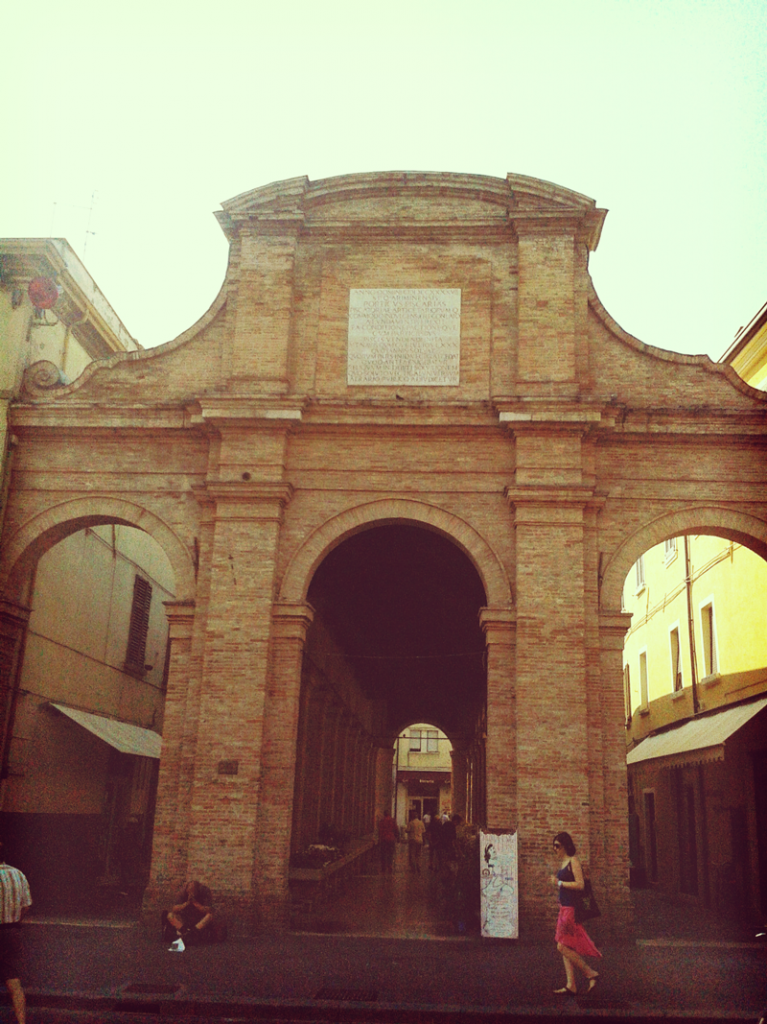
The old fish market, with its grand entrance and long open-air slabs of marble was constructed on the left-hand side of the square in 1743, whilst the grand Teatro Amintore Galli is the most modern of the significant buildings in the square, started in the 1840s though the building that you see now has been largely reconstructed after significant bomb damage during the second world war (Rimini was on the front lines when the Allies attempted to break through the Gothic line, and was bombed heavily).
Nowadays the square is one of the social hubs of the city. People stroll here in the evening to enjoy aperitivi in any one of the numerous bars that flank the square (or in the small squares around the old fish-market – the Vecchia Pescheria); they celebrate important moments in the city’s life like the 25th of April (liberation day); they enjoy the frequent exhibitions in the impressive Salone dell’Arengo; they buy any number of things in the twice-weekly held open market which stretches from Piazza Cavour through to Castel Sismondo. In short, Piazza Cavour is the place to go if you want to sample both history and the authentic every-day life of Rimini.
